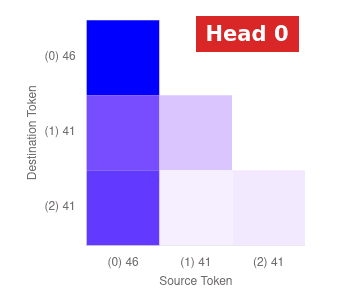Classified by their duration, there are at least three kinds of memory in humans: Working Memory(WM), Short-Term Memory(STM), and Long-Term Memory(LTM).
WM can be seen as the internal state of the system that varies across the entire process. STM can be considered the memory for a milestone or key objects in a multi-stage task. And finally, LTM can be conceived as the neural network itself. Persistent knowledge is embedded in architecture.
In this article, we would mainly focus on WM.
Semiautomata where Transformer fails
In order to corroborate the belief in the indispensable role of WM, a category of tasks called “procedural tasks” is introduced in the next subsection. Then the internal mechanism of RNN and Transformer on this task is explained with the support of some papers. Given the conspicuous contrast in the performance of RNN and Transformer, by reviewing their architecture, their different ways of treating memory could possibly be a significant factor that contributes to the gap, thus highlighting the importance of WM.
As for the aforementioned tasks, Although RAG and other engineering helps improve the performance on these tasks, the point is not the performance or the task itself, but the inherent incompetence of Transformer.
Different tasks evaluate different abilities of an intelligence system. Many of them are real problems like object detection, text continuation, etc. But they blend multiple factors. They entangle too many factors in the evaluation. For example, text continuation might not only require the ability to grasp the main idea of the whole passage(emotion classification) but the potential to manipulate tokens precisely as well(in math problems). A general intelligence should not only perform well on one dimension but fail on another dimension. What makes real task evaluation worse is that sometimes the weakness is lurking under the hood of the advantages. For example, imagine a model has a retentive memory but little logical thinking ability. The model is able to perform as if it knows how to add and subtract numbers less than one hundred by rote learning all possible calculations in the training dataset. However, when it is given additions of numbers larger than 100, it would definitely be baffled and output some meaningless random digit.
You might argue “isn’t it the fault of data shifting that’s to be blamed for the misbehavior of the model?” Of course, enlarging the parameters of the model, collecting or generating more data, and utilizing a chain of thoughts, all of them successfully mitigate the problem without any doubt. But as far as what we are really concerned, the point is never the quantitative indicators of the task in industry or real life, but the deficiency of logic. Even if you perfectly solve the “233 + 333” problem, what’s it like if input turns into “1428 + 5714”? Even if you solve the problem of all the arithmetic calculations using an external tool, can you ensure that the model would give a correct decision to stop the throttle when your car is trapped in the wet concrete pavement instead of attempting to step on the gas fully, accelerating the car given the low velocity provided by the sensor? Would you believe an AI assistant based on LLM which regards “3.11 > 3.8”?
Working Memory in Procedural Tasks
Transformer-based language models excel at popping up the most appropriate prediction of the next token given an overview of the context, which endows them with the predominance of perceptual tasks like emotion detection, text classification, and text summarization. However, there is another type of task diverging from what is required in that perceptual task a long way, procedural tasks, including arithmetic calculation and multi-hop reasoning. LLMs' deficiency of such tasks compared to even a human child unravels the innate defect in their architecture of Transformer.
Formally, a procedural task is defined as a task that is governed under a finite state machine(FSM). For example, let’s consider a parity check task in which the input is a 0-1 sequence and the model is required to output the parity of 1s in the sequence. The corresponding FSM can be illustrated as
graph TD;
A -->|0| A;
A -->|1| B;
B -->|0| B;
B -->|1| A;
If a model implements this FSM internally, it would definately perform well on this task.
RNN: the Sequential Way
RNN is structurally suitable for procedural tasks. They implicitly model the states of an FSM in its hidden representations and the transition between states is learned by the update of hidden representations. Actually, you can uncover the internal FSM using PCA followed by a discretization as in this paper or using some clustering methods as shown in this paper.

This figure from “Learning with Interpretable Structure from Gated RNN” illustrate their proposed algorithm.
Transformer: the Parallel Way
Transformers lead another way to solve this problem: summing up all the figures and doing a modular operation like $(\sum_ {i=1}^n a_ i) \ \text{mod} \ 2$. To understand how this is possible, we are going to dabble in the mechanism of a Transformer. Transformer reasons by circuits. Tokens interacts with each other in the attention layers during which information flows between distinct tokens. And a token is transformed, strengthened, or retrieved into another token in the MLP layer.
By the way, in Transformer Circuits Thread, you can find many interesting articles related to interpretability that are worth reading.
A demonstration about circuits is excerpted from this post.
In the task of finding the maximum of the input number, the attention map is illustrated. The end token up till now pays more attention to the maximum number by far so that the maximum token is transported from its original location to the current token. Given the input of “46 41 41”, the Transformer should turn the last token from 41 to 46. As shown in the diagram, the last “41” token in the model actually attends to “46” more than other tokens, which is consensus with our expectation.
Following this line, researchers start to investigate Transformers in depth. For example, in this work, the facts and knowledges are located in some MLP layers by causal mediation analysis.
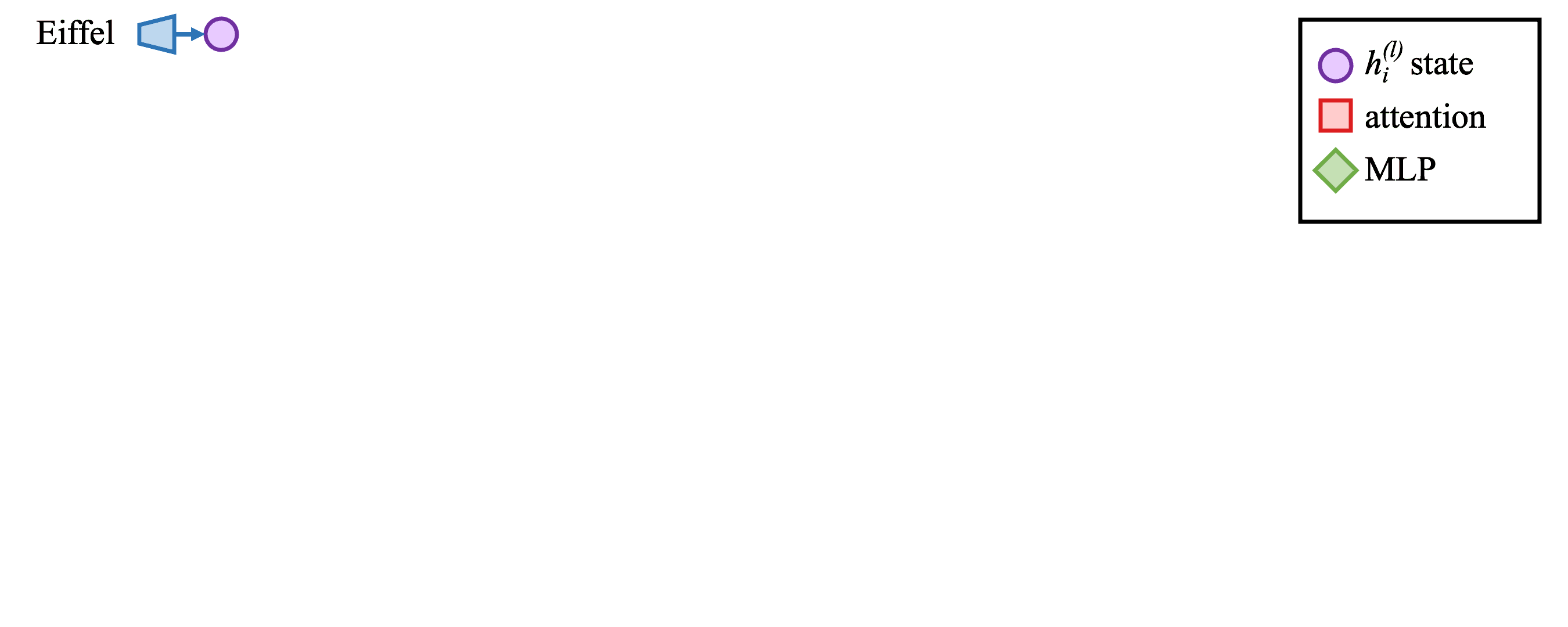
The figure is from the project page of the paper “Locating and Editing Factual Associations in GPT”. By cutting off the information flow in the model, they figure out which module is critical to the correct output, which turns out to be the MLP layer. They further corroborate their statement by means of editing the targeted MLP to distort the knowledge of LLMs.
Another example is that in this work, the circuit for the competition of fact and counterfactuals are uncovered using logit lens and attention modification.
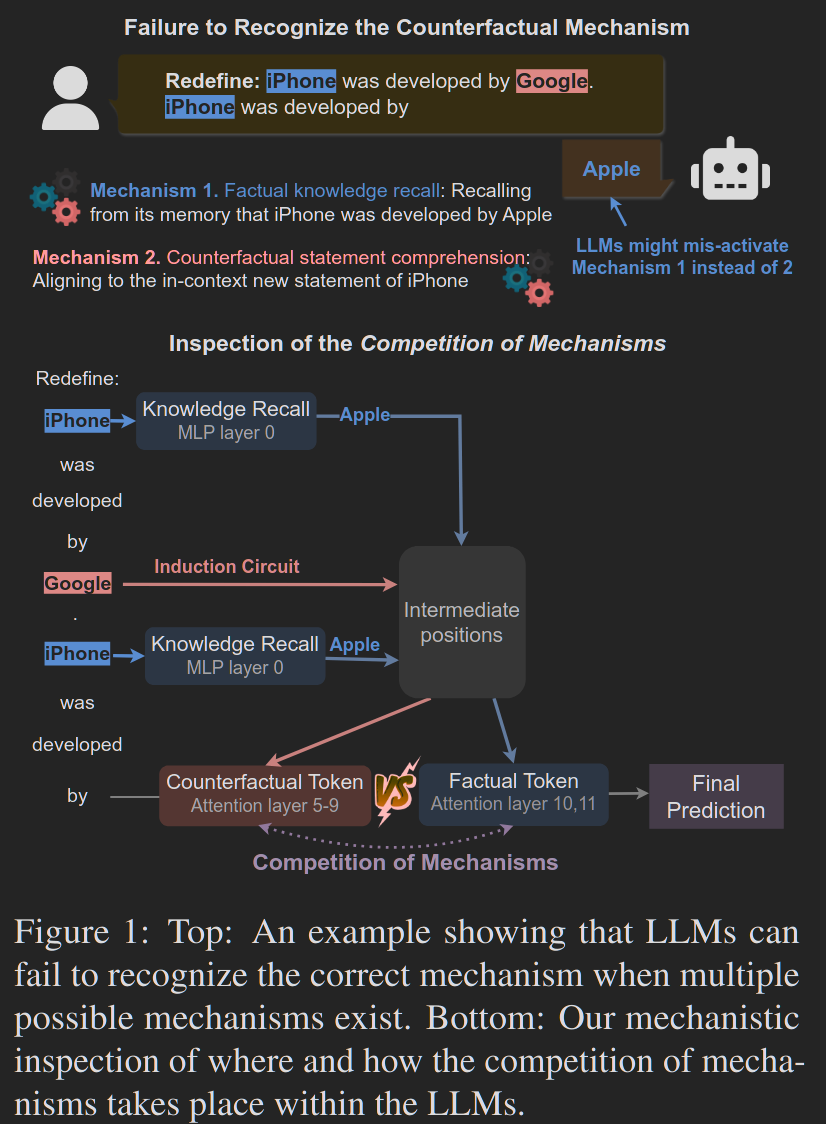
Figure from “Competition of Mechanisms: Tracing How Language Models Handle Facts and Counterfactuals”
If memory components are added, it could mitigate Transformer’s disadvantage on procedural tasks. Using the technique of scratchpad enables Transformer to achieve competitive performance compared to RNN. Similarly, a memory token can also serve as an unsupervised scratchpad in this paper at the sacrifice of parallel training. The above method convinced us of the importance of WM.
Although this paper shows that Transformer should have the ability to model an FSM theoretically, Transformer fails to extrapolate to a longer context potentially due to position embedding correlation ,attention dilution and the misfunction of MLP out of distribution.
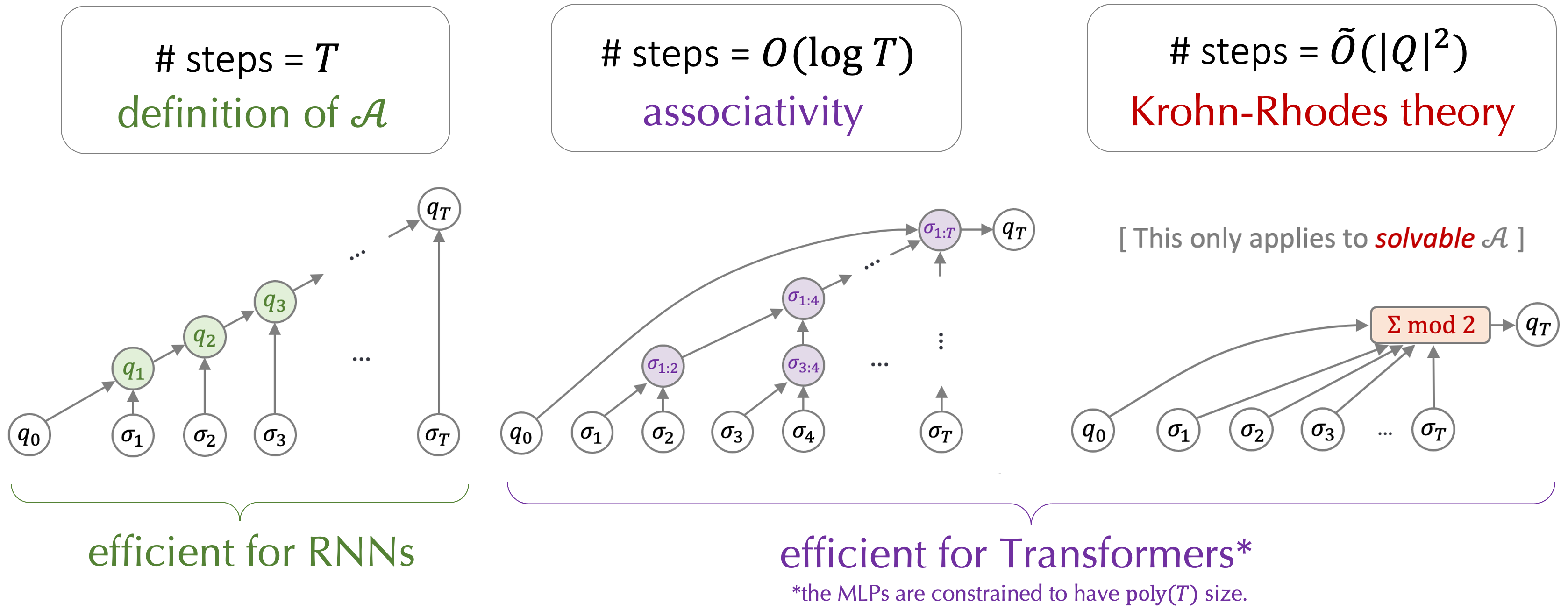
Figure from the project page of “Transformers Learn Shortcuts to Automata” showing the construction of Transformer to simulate a semiautomaton.
Models Augmented by Memory
The main line of model designing for memory augmentation lies in the goal of prolonging Transformer’s limited context which is a notorious drawback of this architecture. An early work in the field of augmenting Transformer with memory is the Compressive Transformer which compresses old memory to a compressed memory pool for retrospection.

Figure from “Compressive Transformers for Long-Range Sequence Modelling”
The input is sliced into sequences. For example, in the figure above, every sequence consists of 3 tokens. For every forward propogation, the sequence is fed into the model attending to the past tokens(memory) and compressed memory. The last few memory tokens are then compressed into a single compressed memory token before being pushed to a fixed-sized circular queue (compressed memory pool). The compressing function may vary from a hardwired max/mean pooling to a flexible small neural network.
Recurrent Memory Transformer modifies the standard Transformer architecture to enable infinite memory. The reason why they put the read tokens at the beginning of the segment and the write tokens at the end of the segment is due to the triangular attention map of the decoder-only Transformers.
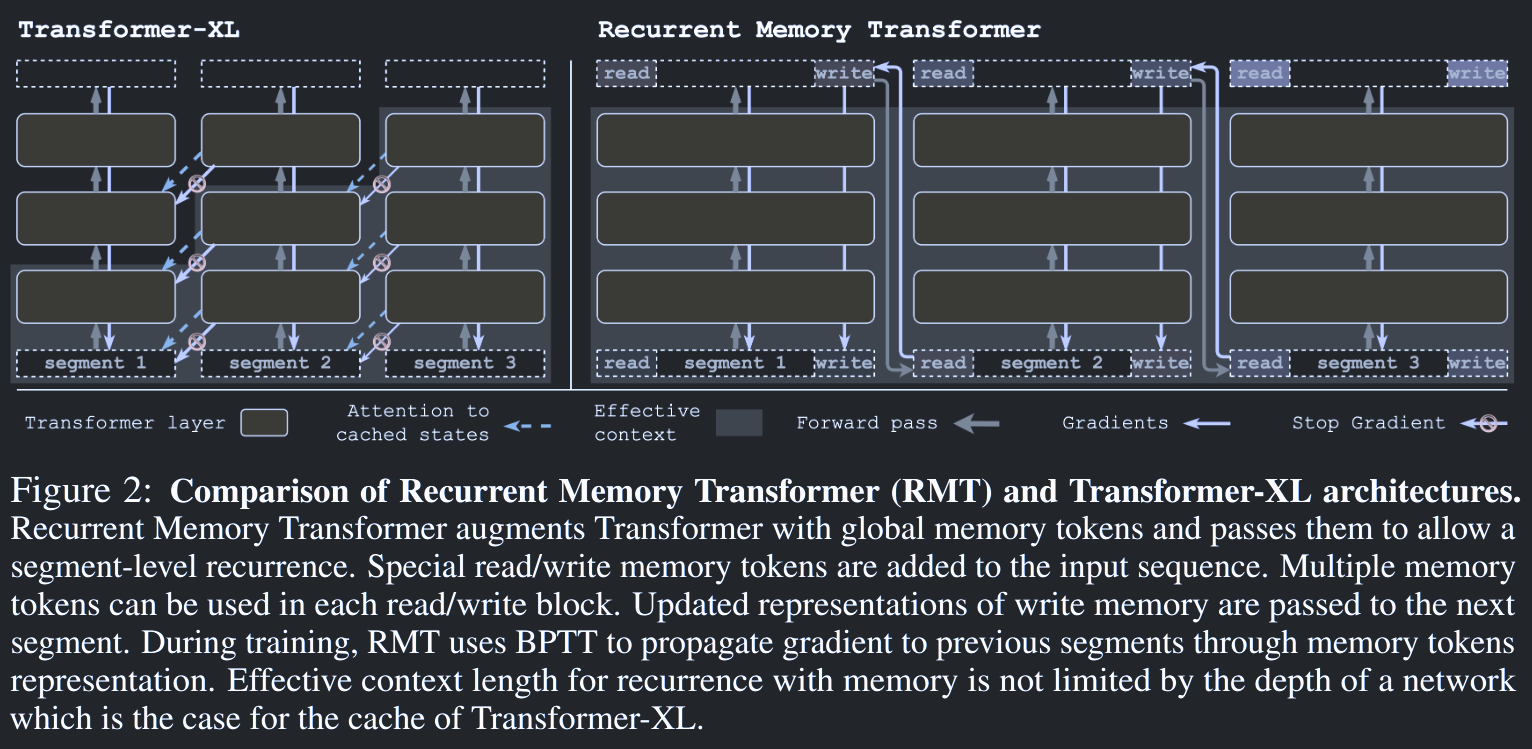
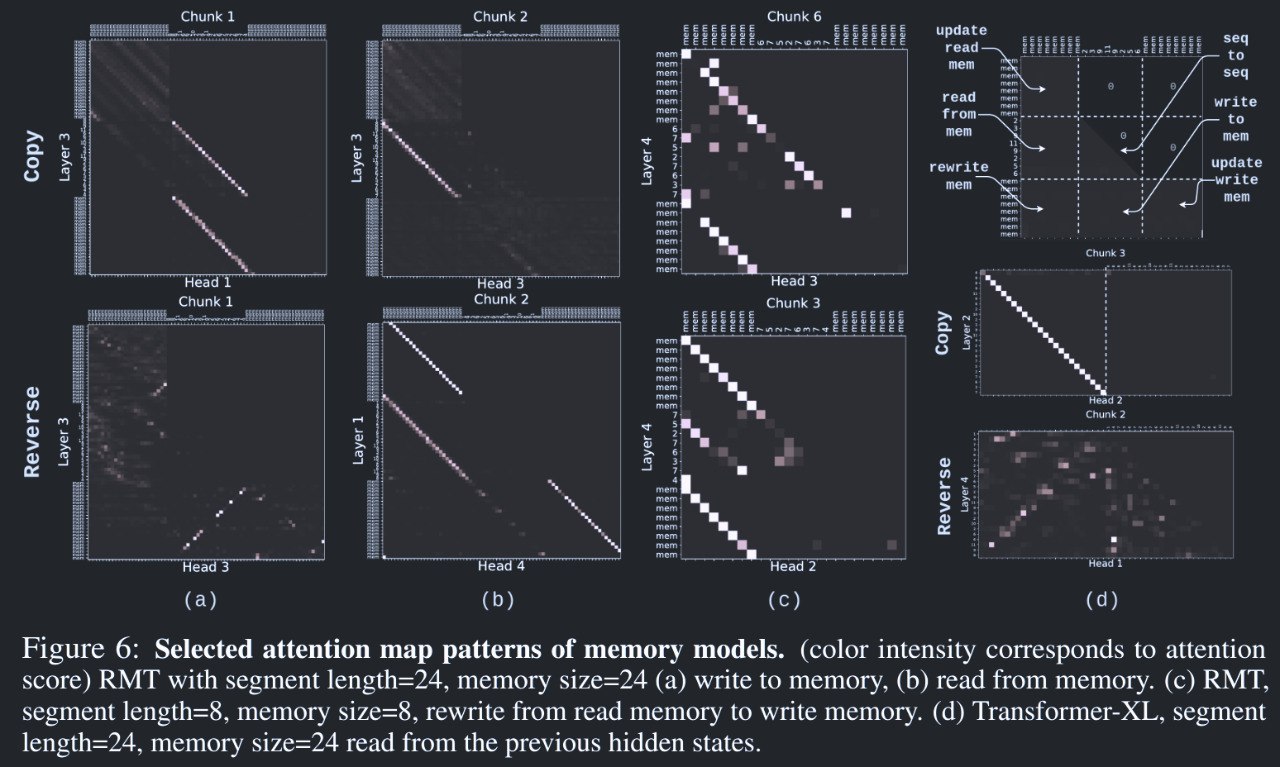
Figure from “Recurrent Memory Transformer”
RMT outperforms its baseline(Transformer-XL without memory) on arithmetic tasks like Copy, Reverse, Associative Retrieval, etc. An issue with Transfromer-XL is mixing the memory-related tokens with current representations while RMT mitigates the problem by introducing specific tokens for memory. RMT tackles this by dedicated memory tokens. Although the input is compressed, the memory is limited due to the fixed size of the compressed memory pool. RMT also suffers from numeric issues in gradient rising from Back Propagation Through Time(BPTT) like RNN as well.
Despite RMT’s exceptional behavior on simple arithmetic tasks, it is a pity not to see its evaluation on more procedural tasks such as bit string parity check and long multiplication.
The idea to have some memory tokens inspired a paper named “HMT: Hierarchical Memory Transformer for Long Context Language Processing”. In this paper, Hierarchical Memory Transformer imitates a human’s hierarchical memory.

Figure from “HMT: Hierarchical Memory Transformer for Long Context Language Processing”
We see a similar design of having segment summarization prompt embedding on both ends of the input token as we’ve seen in Recurrent Memory Transformer. However, as for procedural tasks, previous source text is abandoned in a long context. It would be better if the generated text is stored in an external storage, like a log, in case the model needs detailed text instead of a vague impression. Moreover, the input length of the model is fixed, which might not be suitable for procedural tasks because of the “thinking complexity” of the text varies. For example, you can read a popular novel by lines but you need to check one figure once at a time in a bit string parity check problem. It is not fair to assign the same think time for different styles of text.
